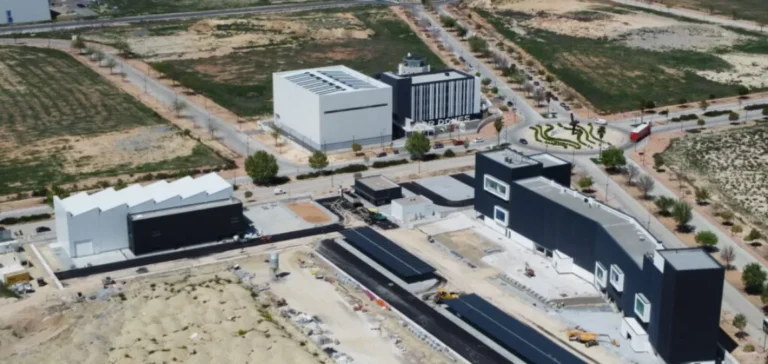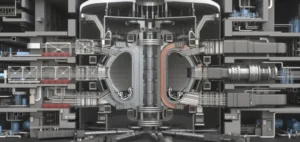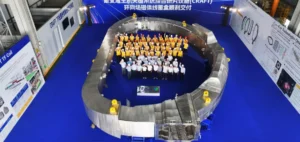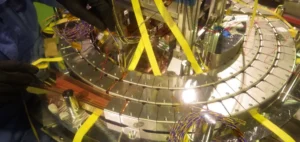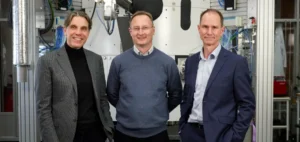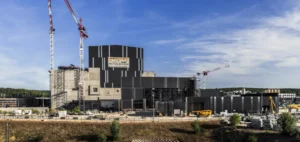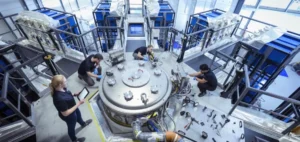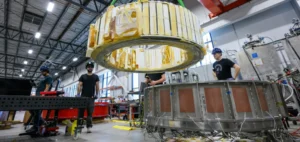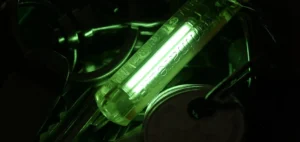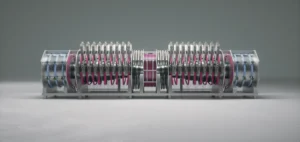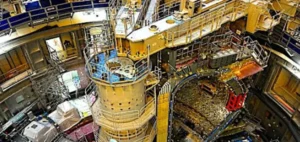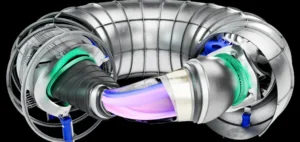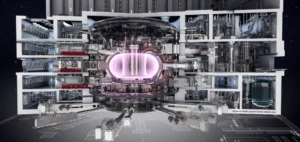The European Union has confirmed funding of EUR202mn ($236mn) for the IFMIF-DONES particle accelerator, located in Granada, Spain. This amount represents approximately 25% of the project’s total budget and supports the development of an advanced testing centre for materials intended for future fusion reactors, Bloomberg reported on 16 July.
An international consortium for fusion research
The validation of the European contribution took place after Spain guaranteed all necessary construction funding and established the required legal framework. The IFMIF-DONES Spain Consortium also benefits from Croatia’s financial participation, providing 5% of the funding. Italy and Japan have confirmed their involvement and are currently defining their respective shares.
The IFMIF-DONES project (International Fusion Materials Irradiation Facility – DEMO-Oriented Neutron Source) aims to simulate the extreme conditions that fusion reactors will face, in order to assess the resistance of materials to unprecedented neutron fluxes. These tests are essential to validate the feasibility of demonstration power plants currently under design within the European EUROfusion programme.
Innovative infrastructure for material evaluation
The facility will implement a particle accelerator generating a continuous deuteron (D+) beam directed at a liquid lithium target. This interaction will produce a neutron flux designed to replicate the bombardment conditions of future fusion reactors. High-flux test modules will house material samples for extended irradiation campaigns.
The system will be capable of producing a 125 mA beam, accelerated up to 40 MeV, onto a 25 mm thick liquid lithium target flowing at 15 m/s. The data obtained will create a scientific foundation on material resistance, meeting the demands of next-generation power plants.
Towards a reference database for fusion
The main objective of the programme is to establish a comprehensive database on the effects of neutron irradiation on materials required for the construction of future fusion reactors. The expected results should also benefit other scientific and industrial sectors, including medicine and nuclear physics, according to Bloomberg.
The IFMIF-DONES Spain Consortium, founded in 2021 following an agreement between the Spanish government and the Andalusia region, coordinates the implementation of the programme with the support of the European Commission and Fusion for Energy (F4E). The official launch of the project was marked by the symbolic laying of the first stone last May.
Marc Lachaise, Director of Fusion for Energy, stated that Europe’s commitment “demonstrates the will to support strategic technologies and to involve industry and research at the European level”.


